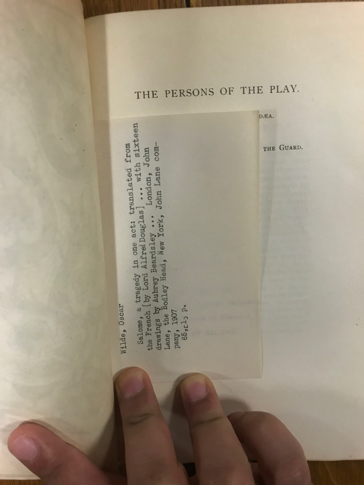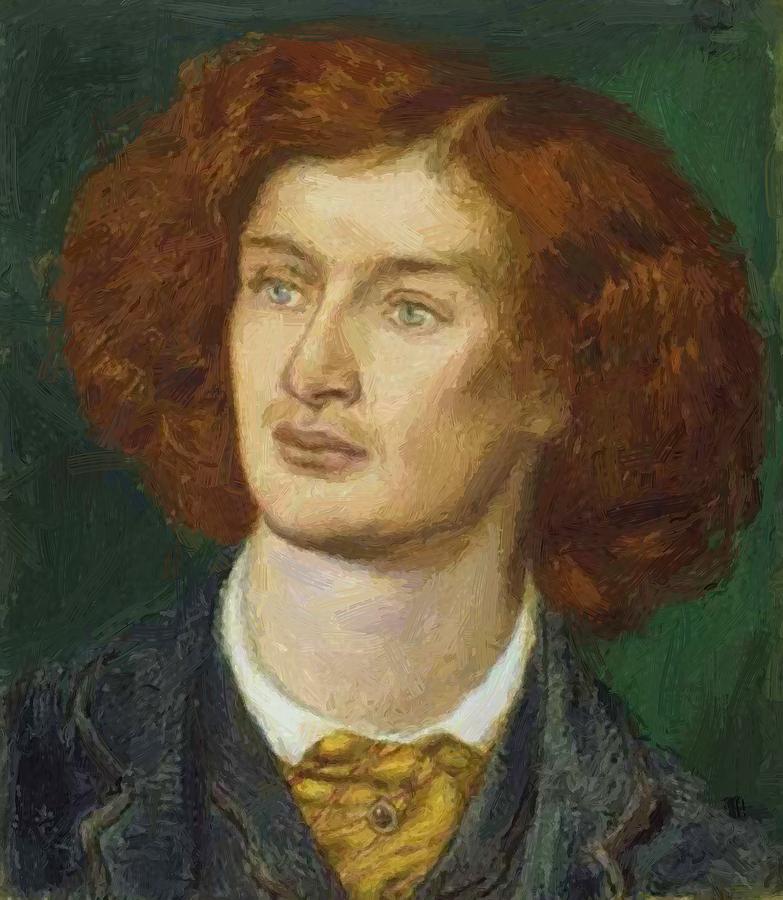John Millais was a successful and notable book illustrator of the Victorian and pre-Raphaelite era, who made several works for Anthony Trollope and Tennyson. The vast majority of book illustrations that he did were for Trollope, wherein his art style matched the text. Millais’s art was unique because he sometimes deviated from the central theme of the poem or the novel to present an artistic rebuttal to what was being depicted in the text. He was a significant book illustrator because he preserved the narrator’s tone and simultaneously gave the reader a distinct meaning.
In his illustrations, Millais utilized symbols to showcase what was being stressed in the text. These symbols were not necessarily included in the text, demonstrating that Millais was a straightforward and candid individual because of the significant emblematic description that he utilized in the book illustration. Sometimes, during collaborations, this would lead to creative conflicts.
An example was an illustration he did for The Death of the Old Year by Tennyson. The central theme in this poem was sorrow and loss. In his poem, Tennyson refers to loss as Frost his friend. However, Millais took it upon himself to not include Tennyson’s friend and instead drew an owl, a wheel and a bell. The owl and the bell are not mentioned in the poem. The owl represented death and, the wheel was depicted as turning the bell, which portrays the mystery behind the true meaning of the book illustration. This demonstrates that Millais diverged from the author’s message and his work could be viewed as a contradiction, but he kept the author’s somber tone. Also, this book illustration can be provided with distinct interpretation because what is being represented is too broad.
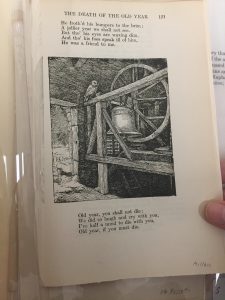
Millais wrote a letter to Anthony Trollope on 22 August 1869 and addressed it to 7 Cromwell Place, South Kensington. This letter is in Mark Samuels Lasner special collection at the University of Delaware. The letter written by John Millais to Anthony Trollope is a significant piece that depicts Millais’s personality and his characteristics as an artist. Trollope was known for being an author that was a fastidious individual because he liked for book illustrations to match his texts. Trollope wished for the book illustration that Millais did for his novels to only portray the intended meaning of his work without diverging it. Therefore, Millais sent Trollope a letter saying that he could not do the design that he wanted for the cover of the book. The letter states:
22 Aug 1869
Dear Trollope,
————– You know I have every wish to please you but the St Paul’s is everything straw to push upon a – camel’s back. I really think, ——– a – undo the thing —the upper front of The Cathedral appearing – fog on which the little on appears. –which really creates it a – which you want for a cover. The cover might be a tender grey with the letters in bright scarlet- two colors which work together———.
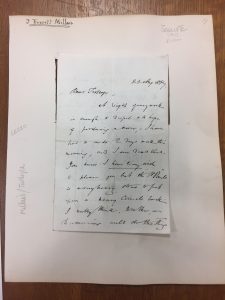
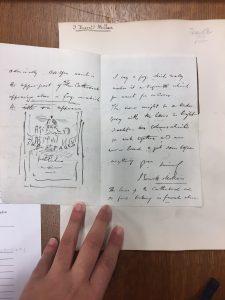
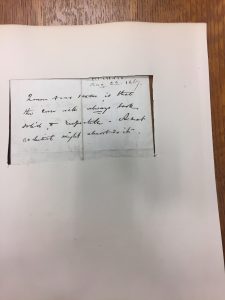
The letter commenced with Millais addressing Trollope formally, which signifies that Millais was not on friendly terms with Trollope. He explains to Trollope that he cannot do the cover of his book of the Saint Paul Cathedral because it was the last straw on the camel’s back. Trollope was complaining continuously about the works that Millais performed for him, and when he complained about the last one, Millais expressed to him that he was not going to do the cover of the book. Millais made some suggestions to Trollope about how the colors of the illustration could be depicted. Subsequently, the illustration was done by J.E Atillate because Millais was tired of Trollope.

The letter is in good condition and it contains a drawing by Millais showing what the book illustration could be. In the letter, he is honest with Trollope and tells him what his true feelings are. However, Trollope’s preeminent book illustrator was Millais who had a similar perspective of art and writing as him. Particularly, Millais made a wood engraving on paper that captured the essence of the text and he also added his own creativity which Trollope peculiarly wasn’t fond of. Yet, as the writer, Trollope gave one perspective and Millais as the illustrator provided a visual representation. They both provided the reader with two distinct stances of what was being depicted. In the book, Trollope creates the tone or the voice while Millais is only showing what is being said and remaining silent because his only the illustrator. In the book, the reader is only able to acknowledge what is written in the text and not what Trollope was thinking when the illustration and the text were demonstrating two distinct things. Trollope viewed Millais’s work as inaccurate because he was not depicting in his art what Trollope’s intended message was. The fact that Millais was more famous than Trollope at the time might be the reason why he chose Millais to be his book illustrator, because he didn’t like how uncomplicated Millais was. Millais was the type of artist that did his own individual interpretation and he ignored what the writer’s theme was. In this letter Millais got tired with Trollope and he told him that he could not illustrate what he wanted.
John Millais can be characterized as an artist that performed his illustrations according to how he visually interpreted a text. Through the paintings that are displayed at different special collections, it is notable that Millais’s art followed the same pattern. Millais’s wood engraved paintings all looked similar, but distinct in what was being artistically depicted. If Millais’s material is studied over time, it doesn’t change because Millais was the type of artist that liked that his art was recognized by other to have been created by him. This letter is a significant demonstration of who Millais’s was as an artist because if Millais art is studied, visually, individuals can only interpret his artwork by what is being presented in the image. Nonetheless, this letter gives us a deeper insight into who Millais was as an artist and by what he was influenced by when he was doing his art. Moreover, it can be inferred that Millais was an individual who liked to interpret things and this was one of the main reasons why Trollope didn’t like him as an artist, even though they had similar perspective’s in art.

